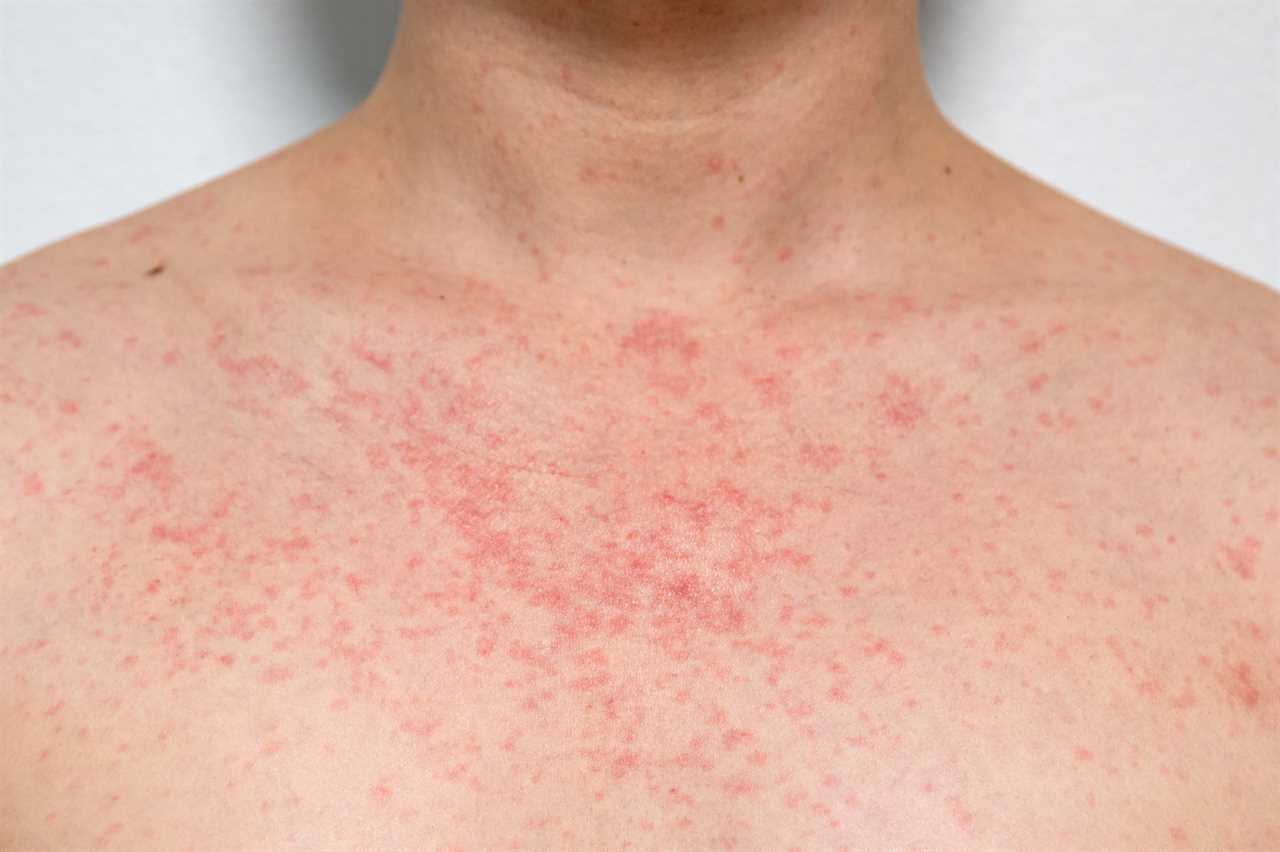
courtesy of popsugar.com
Summer Skin Troubles
As temperatures soar, so does the likelihood of encountering sunburn, tan lines, and the dreaded heat rash. Despite our best efforts to shield our skin from the sun's harsh rays, heat rashes often emerge as an unwelcome summer guest. These irritating skin conditions can appear suddenly, presenting a stinging sensation and typically manifesting on the neck, scalp, chest, legs, and the crease of the elbow.
Understanding Heat Rash
To demystify heat rash, we consulted with dermatology experts. Heat rash, also known as prickly heat, occurs when sweat gets trapped in the sweat ducts, leading to inflammation and a rash of red bumps or blisters. This condition is primarily fueled by hot, humid weather, excessive sweating, or overheating. Additionally, sensitivities to chemical SPF ingredients or fragrances can exacerbate the issue, causing reactions on hot and sweaty skin.
What Causes Heat Rash?
Our experts, including board-certified dermatologists Kseniya Kobets, MD, and Marisa Garshick, MD, explain that heat rash is a product of increased ultraviolet radiation during summer. It's also linked to autoimmune disorders in some cases. The neck, being particularly exposed to the sun and often constricted by clothing or accessories, is especially prone to developing heat rashes.
Symptoms to Watch For
Heat rash is identifiable by red clusters of small blisters or pimples that can itch from mildly to severely. Common areas for these rashes include the back, neck, chest, groin, and armpits. Symptoms may also encompass mild swelling, stinging, and pain. Despite the discomfort, heat rashes are not contagious and typically don't spread across the body.
Tackling Heat Rash Head-On
To alleviate heat rash, maintaining a cool and dry environment for your skin is key. Opt for loose, lightweight clothing that allows the skin to breathe, and consider applying cold compresses to reduce itching and inflammation. Steering clear of heavy creams and opting for a hydrocortisone cream can also help soothe irritated skin. If symptoms persist or worsen, seeking medical advice is recommended.
Recovery Timeline
The duration of a heat rash varies, largely depending on the skin's exposure to cooling and drying conditions. While most cases resolve within a week, prolonged exposure to heat and sweat can extend recovery times.
Final Thoughts
With the insights from dermatology experts, managing heat rash becomes a more straightforward task. By understanding its causes, recognizing its symptoms, and applying appropriate treatments, you can enjoy your summer with minimal discomfort. Remember, when it comes to heat rash, prevention, and proper care are your best allies.
*** Endorse our sponsor, if you can *** |
| [TAG1]
Image Credit: Adeline Green / AuthorsUSA.com |
Did you miss our previous article...
https://naturesmart.us/beauty/unveiling-the-mysteries-of-eyelid-surgery-insights-from-top-surgeons
 HealthWellnessFitnessBeautyVideosPrivacy PolicyTerms And Conditions
HealthWellnessFitnessBeautyVideosPrivacy PolicyTerms And Conditions
